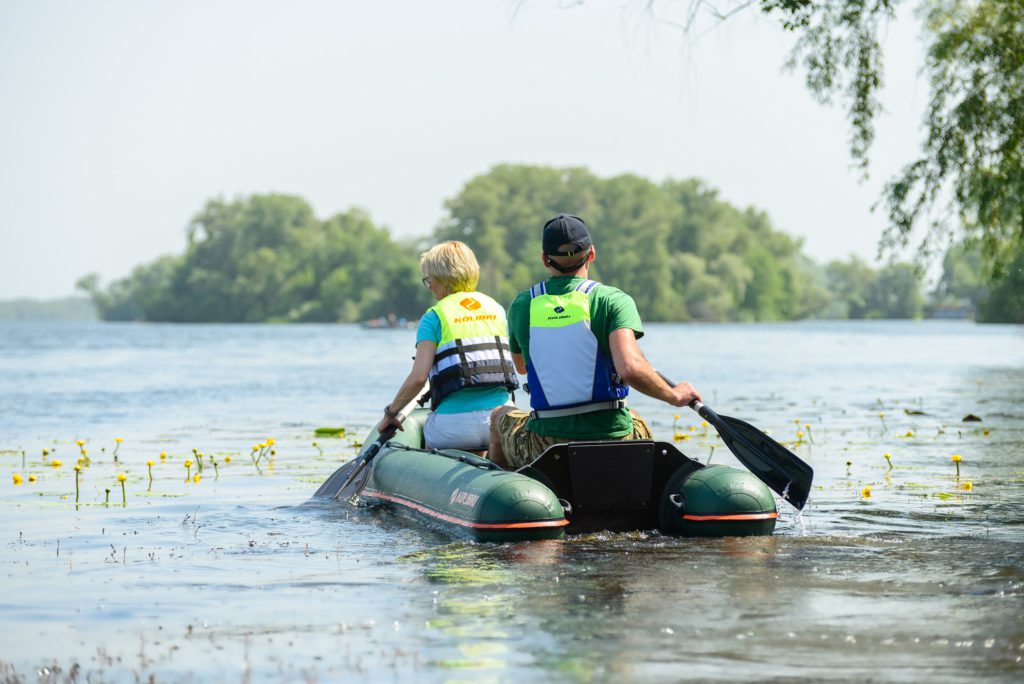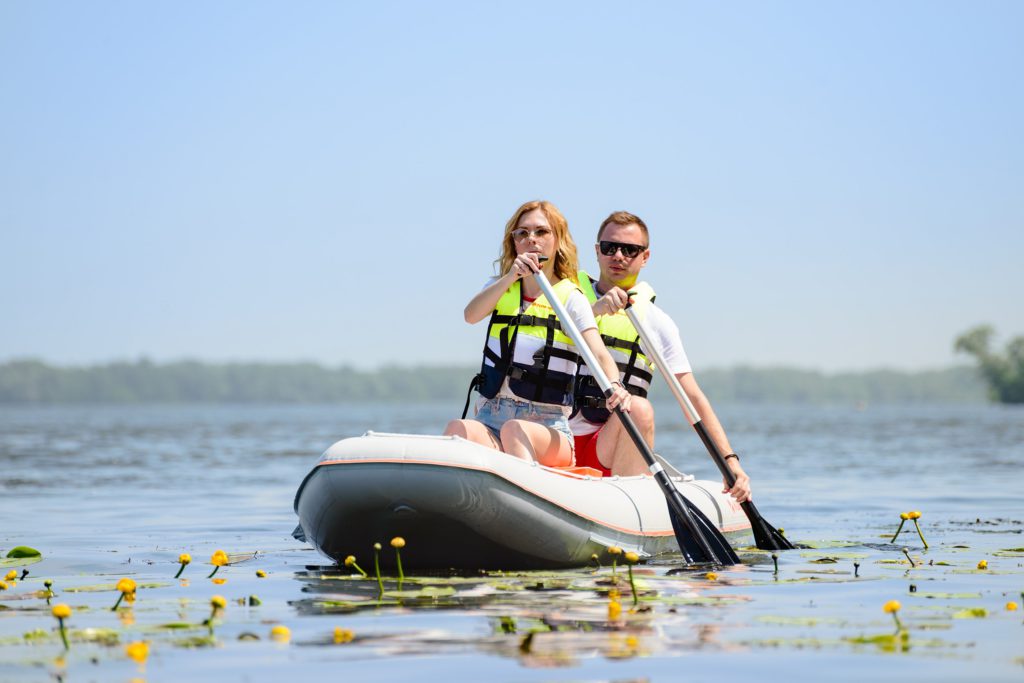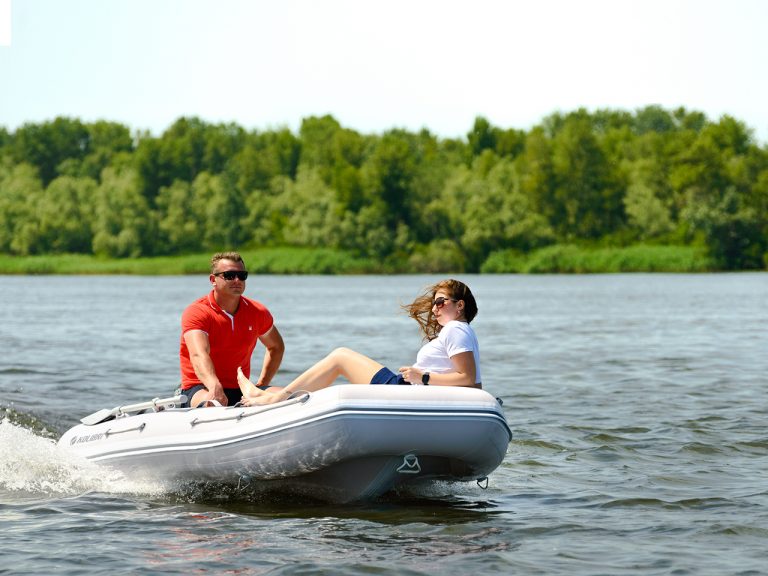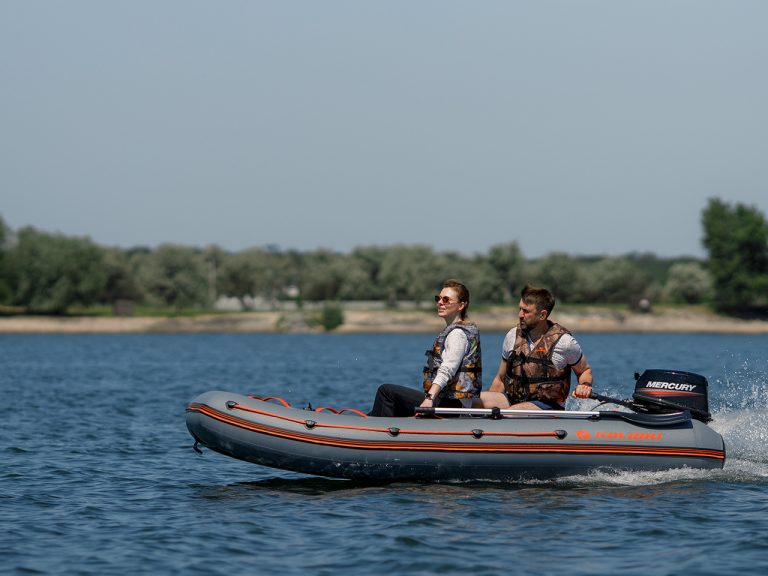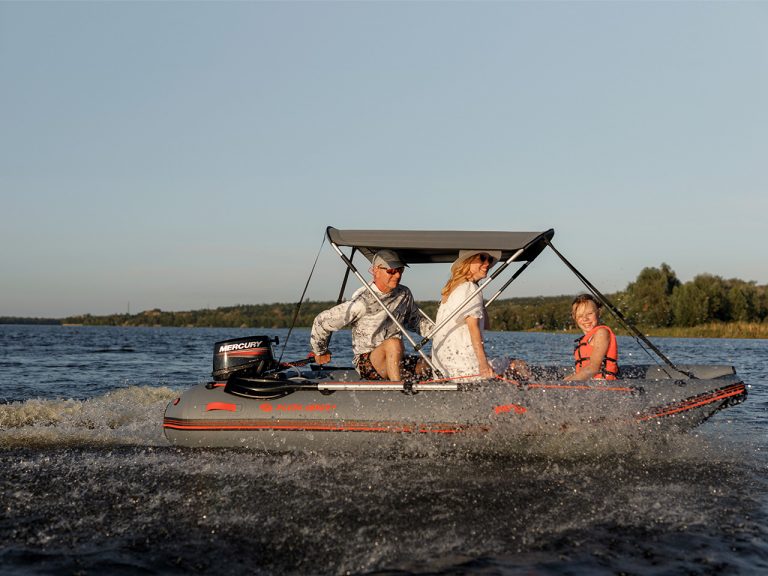Safety on the water: choosing a buoyancy aid
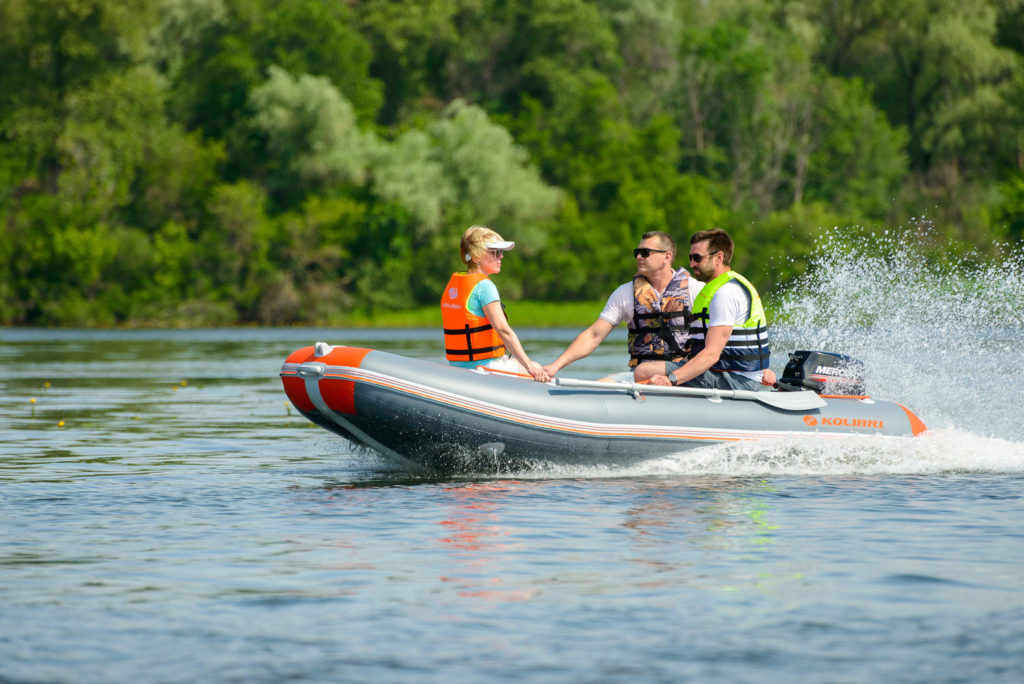
A safety vest or buoyancy aid is an individual means of ensuring safety on the water. It provides additional buoyancy to a person who fell overboard. This is an essential element of equipment for fishermen, water tourists and athletes.
Why do I need a safety vest?
Safety vests or buoyancy aids are needed not only for those who do not know how to swim. Safety vest is vital even for experienced hardy swimmers – in icy water, far from the shore, in big waves, in aerated water. It gives additional lifting force and prevents a person from diving into the water.
Buoyancy aid can be used to ensure active and passive safety. Accordingly, they are divided into safety vests and buoyancy aids.
- Active safety
These are lightweight buoyancy aids. They do not restrict movement, have a minimum or average lifting force, are used by rescuers, water athletes. They allow you to swim to the shore on your own, do not restrict your movement when rowing. They can have any color scheme.
- Passive safety
These are more advanced safety vests that ensure the survival of a person on water even in an unconscious state; they hold the body on its back, keeping the respiratory organs 12-15 centimeters above the water level and angle of inclination of the body at least 20 degrees from the horizontal. Such vests have a high lifting force, bright coloring, a collar, additional accessories (whistle, reflectors, a loop with a carabiner clip for attaching to a watercraft, means for pressurization, belts, etc.). Safety vests can be either filled with foam or automatically inflated when contacting water.
The ideal lifesaving means is a compromise between active and passive vests, which allows you to support the body on the surface of the water, but at the same time it should give you sufficient freedom of movement to swim or row on your own.
The use of a buoyancy aid
The use of lightweight buoyancy aids to ensure active safety:
- Super-lightweight buoyancy aids are used for water sports, these vests can have belts, zippers and pockets, can be worn over the head and give maximum freedom of movement. The buoyancy force is minimal – 50 newtons.
- Buoyancy aids for jet skis, water skiing. Their buoyancy force can be up to 70 newtons. They also do not restrict movement, although they give higher buoyancy. They have pockets, belts with Fastex buckles for better fixation and fit on the body. They can be of both bright colors and camouflage.
The use of a life jacket
Life jackets for passive safety:
- Classic safety vests with a buoyancy force of up to 250 newtons. Such vests have good buoyancy, they do not allow your face to touch the water as they provide balance. Due to this, a person who fell into water turns face up, and a special collar supports the head 15 cm above the water. They are used at sea, in difficult weather conditions, during rescue operations, etc.
- Safety vests for extreme water tourism are used by rafters on rough rivers, where there is a high risk of falling into water saturated with air bubbles. In such aerated water, it is very difficult to stay on the surface because of its low buoyancy force. Besides, there is also a risk of hitting rocks, so the vest must have a thick layer of filler and a strong fabric covering.
Types of vests
Buoyancy aids can be conditionally divided into children’s ones and adults’ ones, although there are no fundamental differences between them. According to the type of filler, they are divided into foam ones and inflatable ones.
- Buoyancy aids for children. These vests can be of three sizes:
- Infant — body weight up to 12 kg.;
- Child — body weight from 13 to 24 kg.;
- Youth — body weight from 25 to 50 kg.
Buoyancy aids for children should be of high level of buoyancy, they should be equipped with a stripe which goes between the legs that will not allow the vest to slide down. Safety vests for children can’t be “to grow into” type of thing, they should strictly fit the child in size.
- Buoyancy aids for adults. Vests’ sizes most often correspond to the usual sizes of clothes, for example: XS, S, M, L, etc.
Important note: these sizes may differ slightly depending on the manufacturers. It’s good to learn the size chart, which is printed on each specific vest.
| Size, weight and chest circumference | ||||||
| XS/S | S/M | M/L | L/XL | XL/XXL | >XXL | |
| Weight, kg | 30-50 | 50-70 | 70-90 | 90-110 | 110-130 | >130 |
| Chest, cm | 70-80 | 80-90 | 90-100 | 100-110 | 110-120 | >120 |
| Buoyancy force, N | 35 | 40 | 45 | 50 | 50 | 50 |
The vest should be chosen strictly by size – because a vest that is too big can slip off you when you fall sharply into the water, and a vest that is too small can restrict movement and rub.
- Foam safety vests
This type of vests is always ready for use, they contain foam filler or granules (polyurethane foam, polypropylene, PVC) in special pockets. Such vest protects a person well from mechanical impacts when hitting rocks, sides of a watercraft, etc.
- Inflatable safety vests
Such vests, in turn, are divided into two – ones that are automatically filled with air when contacting water surface and ones that should inflated by a person through a special valve. The vest, which is made using the technology of inflatable mattresses and rings, is good only for safety of children, who make their first swims in shallow water. In all other cases, such vests are not the best choice as they can easily be pierced with a sharp object.
Fixing the vest
A buoyancy aid for fishing can have straps with Fastex buckles or zippers. Zippers are not the best option to fix a vest as precisely as you could do it with straps. Models for children have an additional strap between the legs to fix the vest.
Safety vests materials
The materials used for the manufacture of the outer shell of safety vests should be durable, tolerate temperature fluctuations well, moisture contact, withstand mechanical damage and contact with fuels and lubricants.
Nylon
Nylon buoyancy aids are good for water hikes of different levels of complexity. They provide additional buoyancy, give freedom of movement due to the elasticity of the material.
Neoprene
Due to the foam structure, the neoprene models soften falls into the water and the impact of waves, which is good for extreme water sports. Neoprene retains heat well, does not get wet.
Oxford
Durable synthetic fabric of special weave with waterproof coating. Buoyancy aids made of this fabric are characterized by wear resistance, they tolerate temperature changes well.
Polyester
The polyester buoyancy aids tolerate temperature changes and exposure to ultraviolet rays well. The outer polyester coating is durable, does not crumple, retains its shape even after a long period of use.
Filler material
Under the outer coating, any safety vest for a boat has an inner layer of filler that provides additional buoyancy. For this purpose, lightweight foam materials are used in order to help support a person on the surface of the water — it can be polyurethane foam, polypropylene, PVC in the form of granules or solid plates. It is important for the filler not to crumble, not to break and keep its shape. To do so, follow the safety vest care and storage rules.
- The vest must be worn before boarding the boat;
- In order to maintain the functionality of a safety vest, do not sit on it or put heavy objects on top of it;
- The vests should be cleaned and washed by hand with a warm soapy solution;
- Before long-term storage, the vest should be thoroughly dried. Drying on a heater is not recommended. After use in seawater, the vest should be washed from salt with fresh water before drying;
- Once a year, it is recommended to test the vest for buoyancy and check the level of wear.


